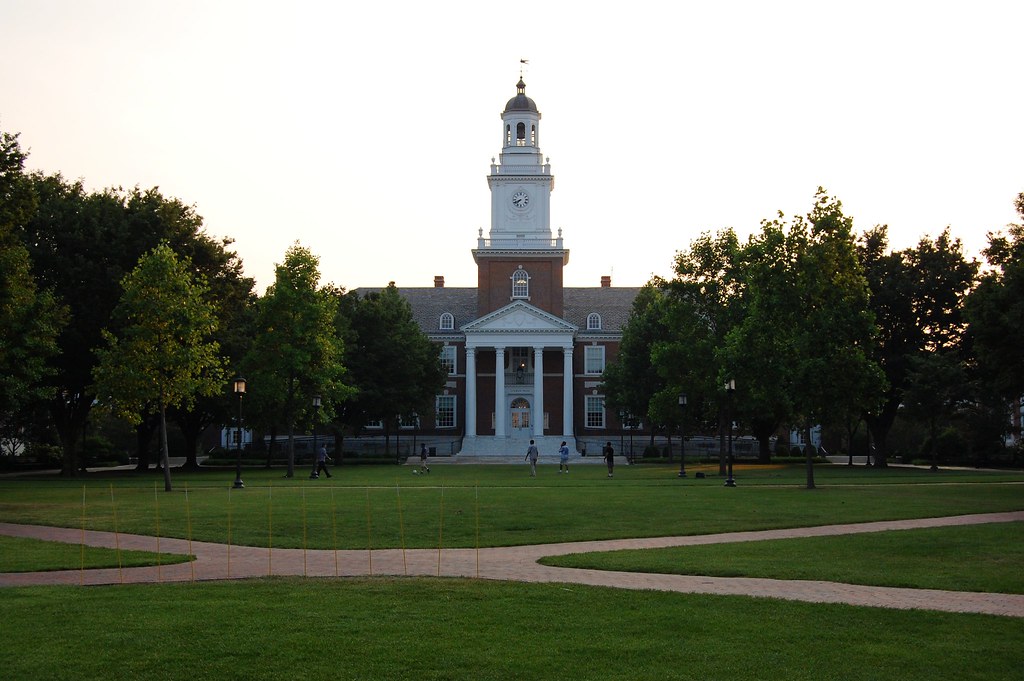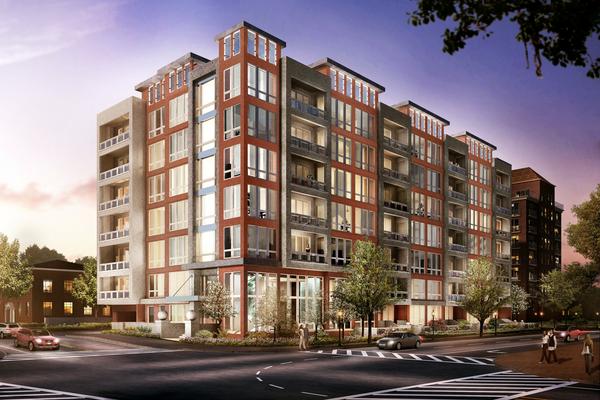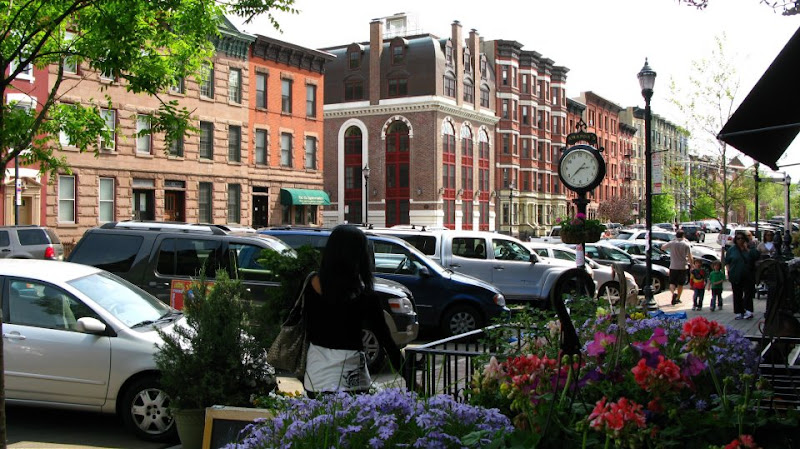The region boasts a vast collection of architecturally impressive municipal headquarters
The city hall is the principal administrative building of a city. As symbols of local government, city halls often have distinctive architecture, and many of these buildings have great historical significance, being among the oldest buildings in their cities.
The Mid-Atlantic region, which is one of the oldest and most heavily populated regions in the nation, is home to a relatively large number of city halls. As you'll see further down this page, certain city halls in the Mid-Atlantic hold records for being largest, tallest, or oldest in the nation.
Most city halls in the region were built in the late 1800's when urban areas began to see heavy population growth, and municipal government services were in high demand. City halls in this era were usually built in central locations and designed in some form of Revival Architecture which gave these buildings with a grand presence. In addition to their elaborate architectural, many city halls were the among the largest buildings in their respective cities, and some still are today.
Below you can view photos and information of the most exquisite city halls located in the Mid-Atlantic's largest (incorporated) cities.
WASHINGTON D.C.
 |
| John A. Wilson Building Photo Credit: Wally Gobetz via flickr |
Architectural Style: Beaux Arts
City Population (2013): 646,449
Notes: Originally named the "District Building," the John A. Wilson Building is the city's second city hall. The original city hall was constructed in 1820 in the Neoclassical Style and is currently home to the District of Columbia Court of Appeals
DELAWARE
Wilmington
 |
| Daniel L. Hermann Courthouse |
Architectural Style: Neoclassical Revival-Greek Revival
City Population (2013): 71,525
Notes: This building originally held a number of courts and municipal offices and was at one point informally named the "Public Building," receiving it's current name only a couple of decades ago. The city and county government offices eventually moved to the Louis L. Redding City-County Building (built 1977) and in 2002 the courts moved to the newly built Justice Center, leaving the building vacant. The building was eventually purchased by developers and converted to office space, which has been occupied by a prestigious law firm since 2009.
Architectural Style: Second Empire
City Population (2013): 622,104
Notes: Designed by George Aloysius Frederick, a 22-year old architect. The building cost $2,271,136 and took eight years to complete.
Annapolis
 |
| Annapolis City Hall |
Architectural Style: Neoclassical-Georgian
City Population (2013): 38,722
Notes: The original structure on this site was known as the "Ball Room" and used as different points in history as a meeting place of the Maryland Assembly, local headquarters
of Union troops during the Civil War, a guard house, and a prison camp. While being used as a prison camp it burned down and a new city hall was built on the ruins using three of the exterior walls of the original building.

















